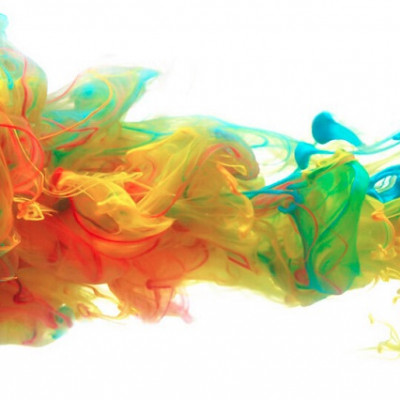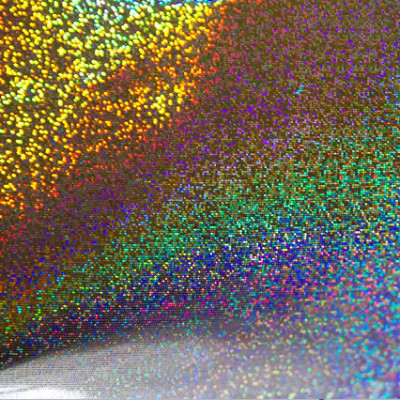Even as electronic records advance, paper is still a common way to preserve data. Invisible ink can hide classified economic, commercial or military information from prying eyes, but many popular inks contain toxic compounds or can be seen with predictable methods, such as light, heat or chemicals. Carbon nanoparticles, which have low toxicity, can be essentially invisible under ambient lighting but can create vibrant images when exposed to ultraviolet (UV) light – a modern take on invisible ink.
In addition, advances in artificial intelligence (AI) models — made by networks of processing algorithms that learn how to handle complex information — can ensure that messages are only decipherable on properly trained computers. So, Weiwei Zhao, Kang Li, Jie Xu and colleagues wanted to train an AI model to identify and decrypt symbols printed in a fluorescent carbon nanoparticle ink, revealing hidden messages when exposed to UV light. Their results published in the ACS Applied Materials & Interfaces.

With regular ink, a computer trained with the codebook decodes “STOP” (top); when a UV light is shown on the paper, the invisible ink is exposed, and the real message is revealed as “BEGIN” (bottom).
The researchers made carbon nanoparticles from citric acid and cysteine, which they diluted with water to create an invisible ink that appeared blue when exposed to UV light. The team loaded the solution into an ink cartridge and printed a series of simple symbols onto paper with an inkjet printer. Then, they taught an AI model, composed of multiple algorithms, to recognize symbols illuminated by UV light and decode them using a special codebook.
Finally, they tested the AI model’s ability to decode messages printed using a combination of both regular red ink and the UV fluorescent ink. With 100% accuracy, the AI model read the regular ink symbols as “STOP”, but when a UV light was shown on the writing, the invisible ink illustrated the desired message “BEGIN”. Because these algorithms can notice minute modifications in symbols, this approach has the potential to encrypt messages securely using hundreds of different unpredictable symbols, the researchers say.
Read the original article on American Chemical Society (ACS).







